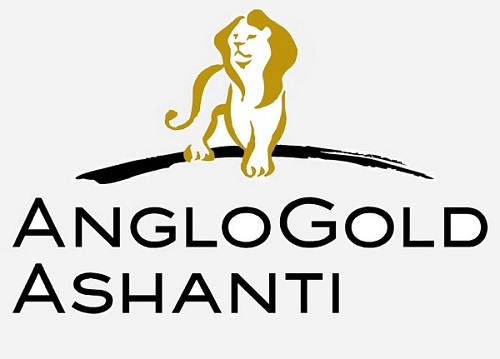In its just released 2022 Sustainability Report, in the section which discusses climate action and resilience, AngloGold Ashanti (AGA) discusses its pathway to net zero. In 2021, as part of its journey to achieve net zero Scope 1 and 2 GHG emissions by 2050, AGA’s Climate Change Working Group presented its Group carbon emissions reduction target, stating that it aims to achieve a 30% absolute reduction in Scope 1 and 2 GHG emissions by 2030, as compared to 2021.
It plans to reach this goal through a combination of renewable energy projects, fleet electrification, and lower-emission power sources. The targeted reduction, from a 2021 baseline of 1.4 Mt of CO2e, aims to see emissions from the company’s operations fall to about 1 Mt by the end of the decade. When growth projects are factored in, including those in Nevada and Colombia, AngloGold Ashanti is targeting a 46% reduction in emissions in that period.
Scope 1 covers GHG emissions from within the mine site, while Scope 2 covers indirect GHG emissions from the purchase of electricity from third-party providers. The capital cost required to achieve these reductions over the coming eight years is anticipated to be about $1.1 billion, of which $350 million will be funded over the period by AngloGold Ashanti and the remaining $750 million through third-party funding, including the providers of renewable energy infrastructure.
The targeted reductions will be achieved by each of the Group’s business units implementing scoped out initiatives, including the introduction of renewable energy, cleaner grid power and partial fleet electrification. Approximately 60% of the planned emissions reductions will come from large renewable energy projects including wind and solar projects at the company’s Australian operations and solar-power plants at both Siguiri in Guinea and the Iduapriem and Obuasi operations in Ghana.
In addition, a pre-feasibility study has been completed at the Cuiabá mine in Brazil to confirm the benefits of replacing some mobile fleet with battery electric vehicles (BEV). The outcome of this study will inform the starting point for a feasibility study in 2023. The viability of BEVs will also be investigated at Geita and Obuasi as AGA progresses a concept level study for completion in the first quarter of 2023. It is also working with Sandvik and contractor Barminco to trial underground mining’s largest-capacity BEV truck at Sunrise Dam in Western Australia in 2023.
The viability of a wind farm at Cerro Vanguardia in Argentina is being investigated with promising results showing wind speeds being sufficient to support a viable economic return. In Colombia, AGA is also investigating the applicability of converting trucks to use dual fuel (diesel or hydrogen) and in Nevada various options of linking to a green grid and mine electrification are being reviewed, including conveyor and trolley assist versus traditional haulage.
Two clean grid initiatives are already close to completion – a switch from diesel generation at the Geita mine site in Tanzania to the country’s national power grid, which has a high proportion of power sourced from gas and renewables, and the transition to full hydro-grid power in Brazil.







